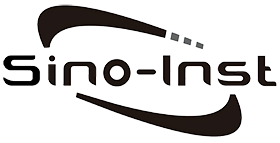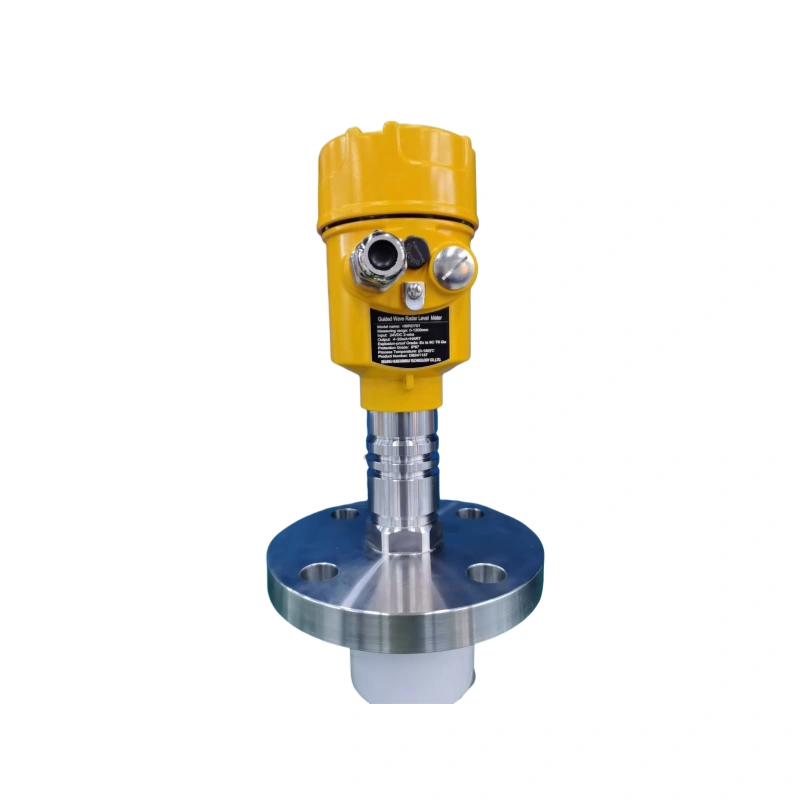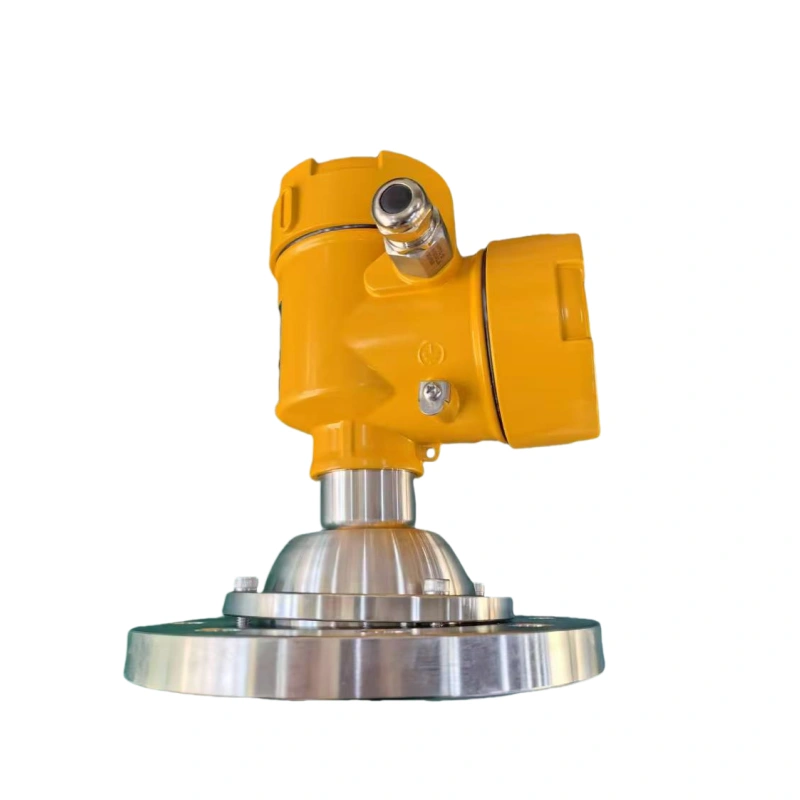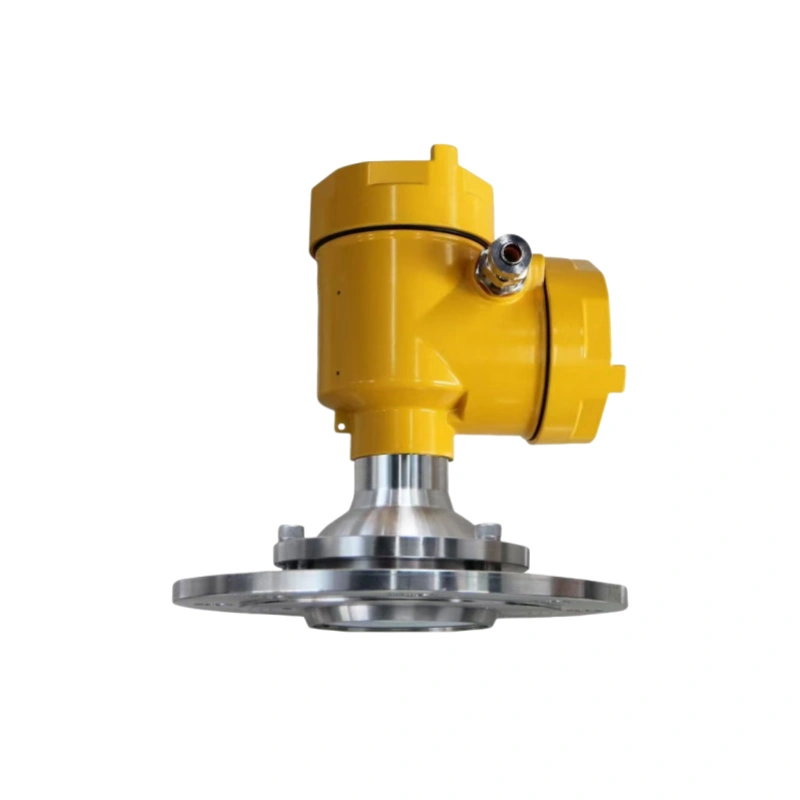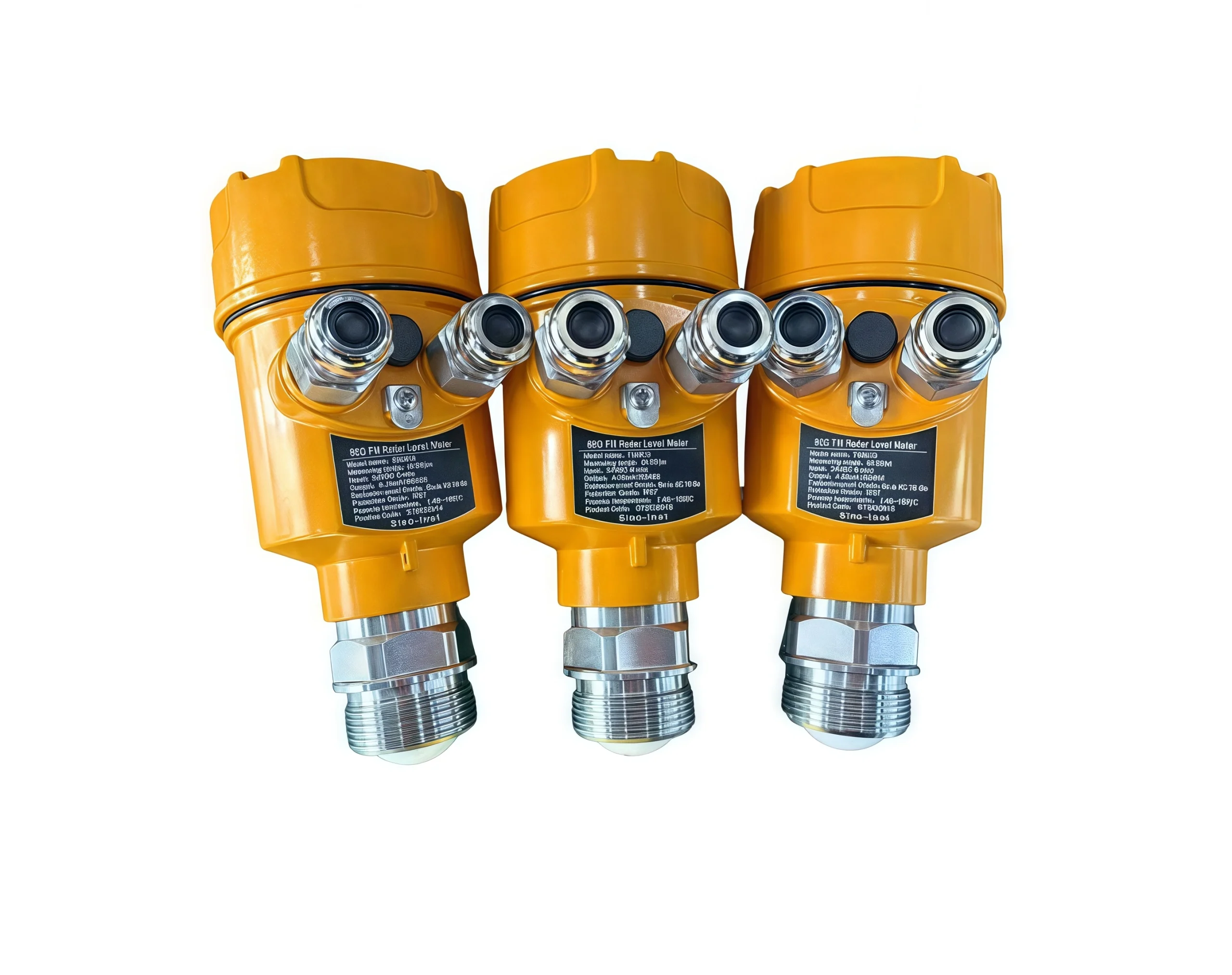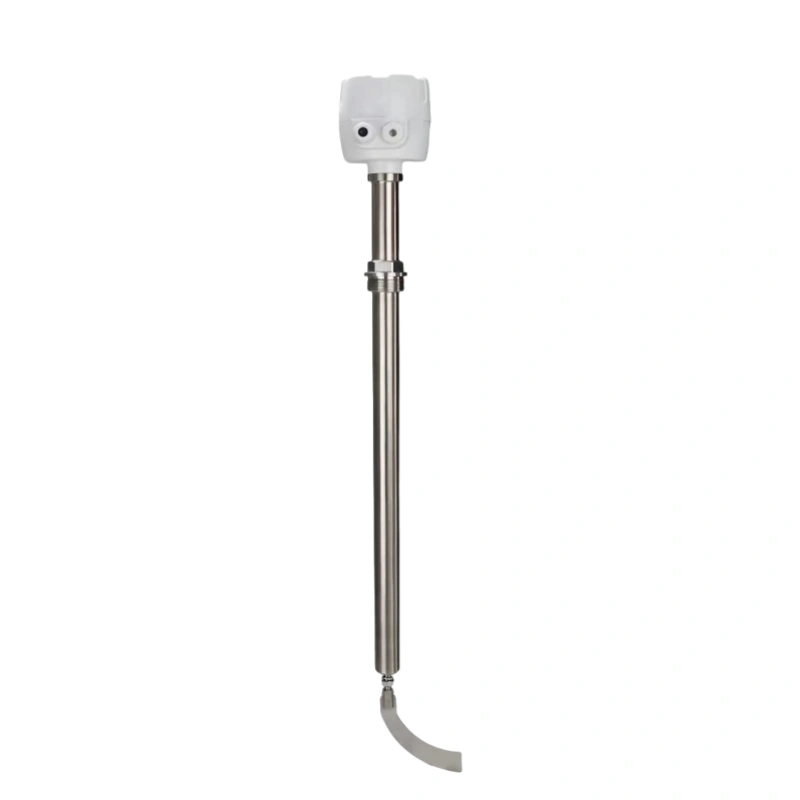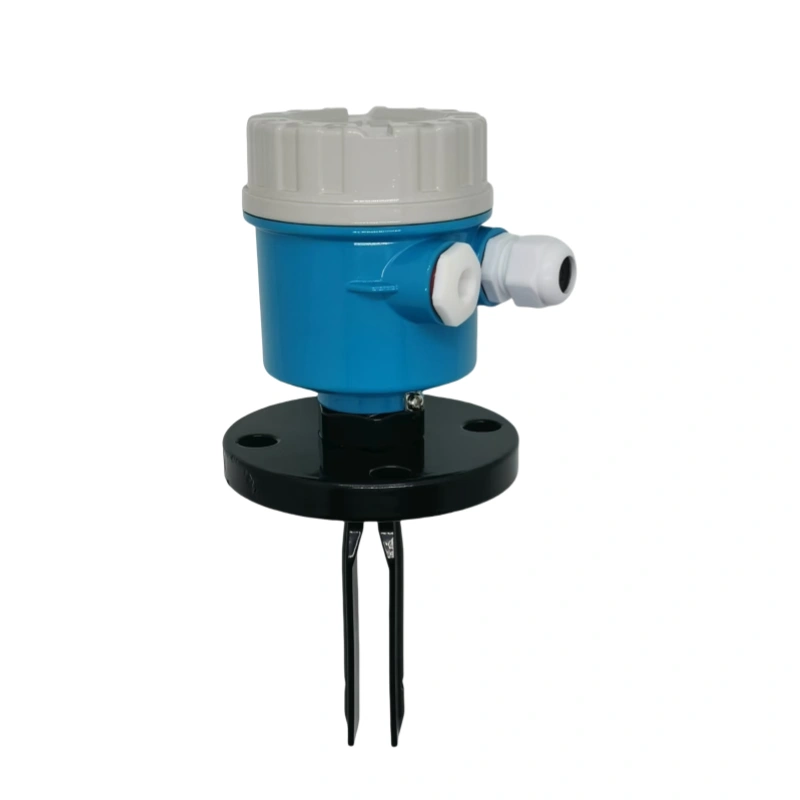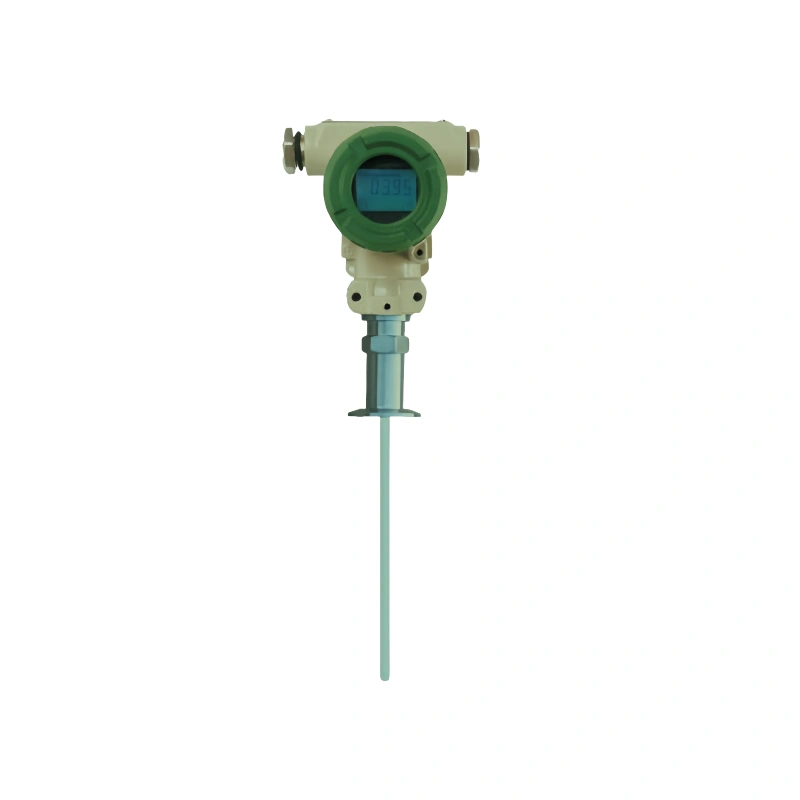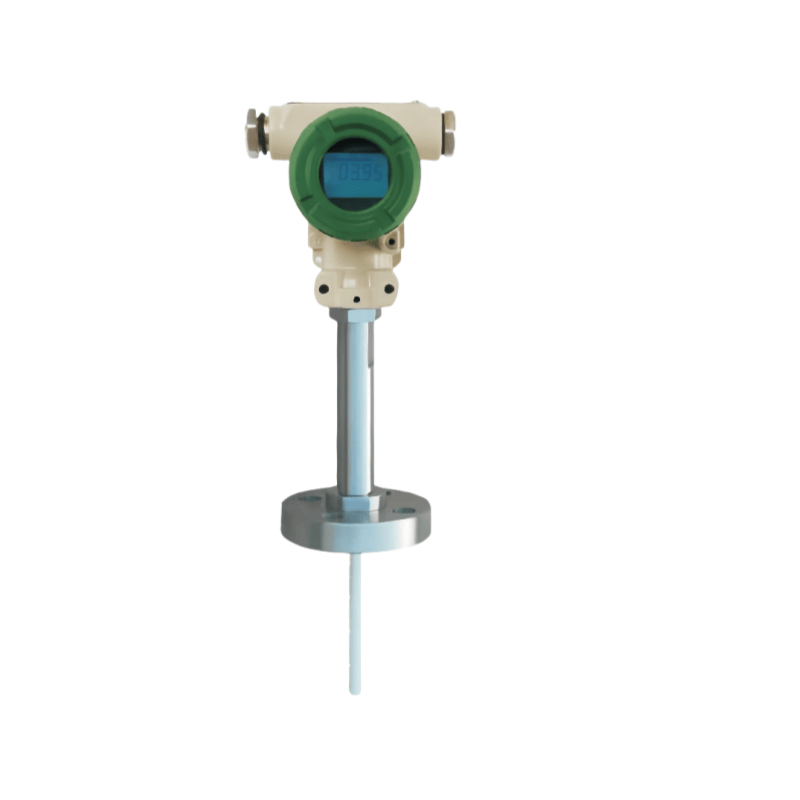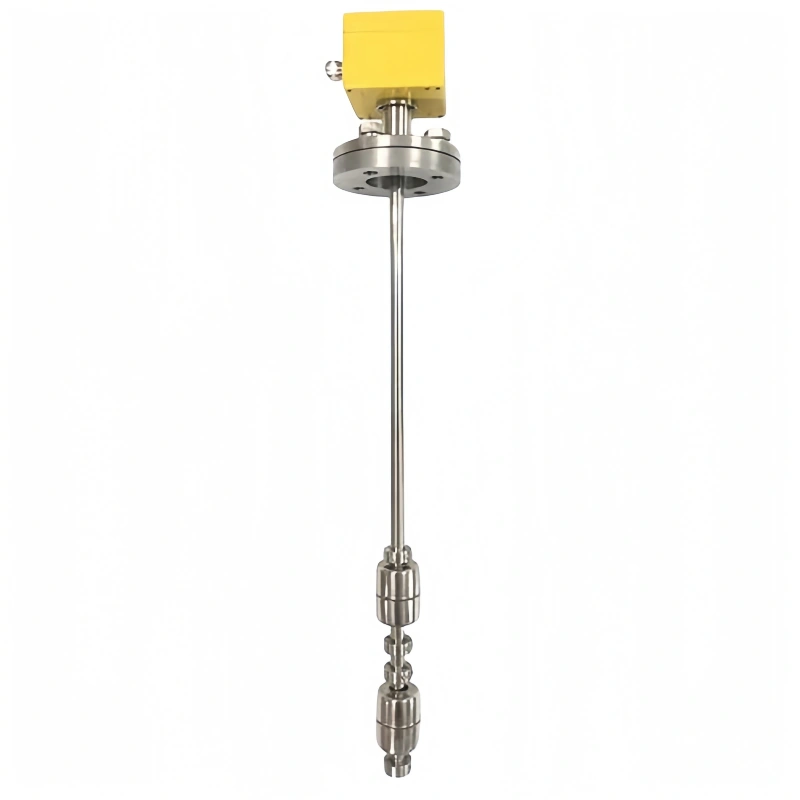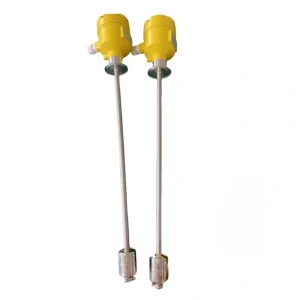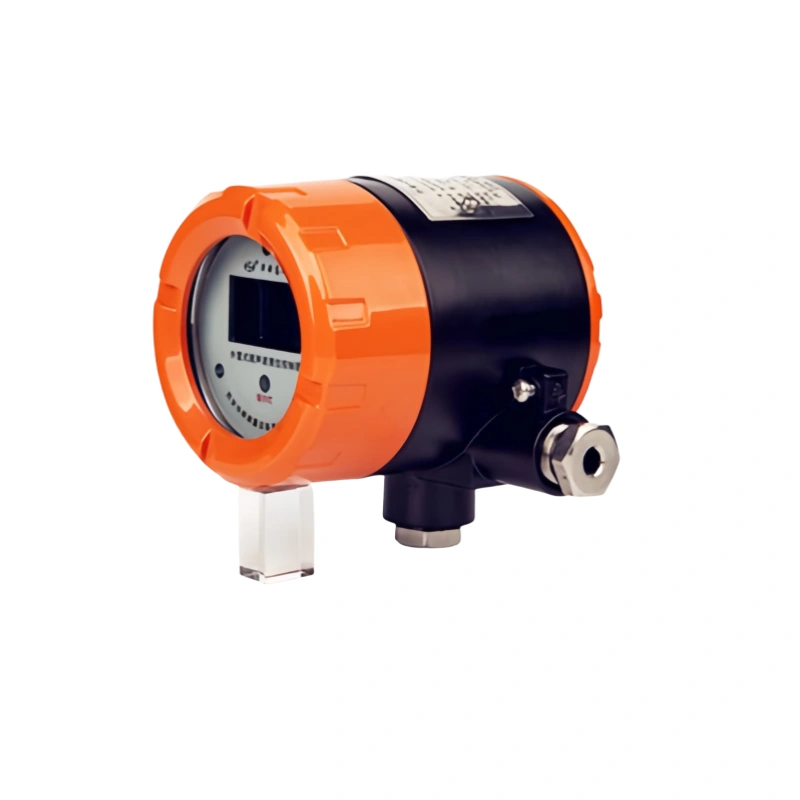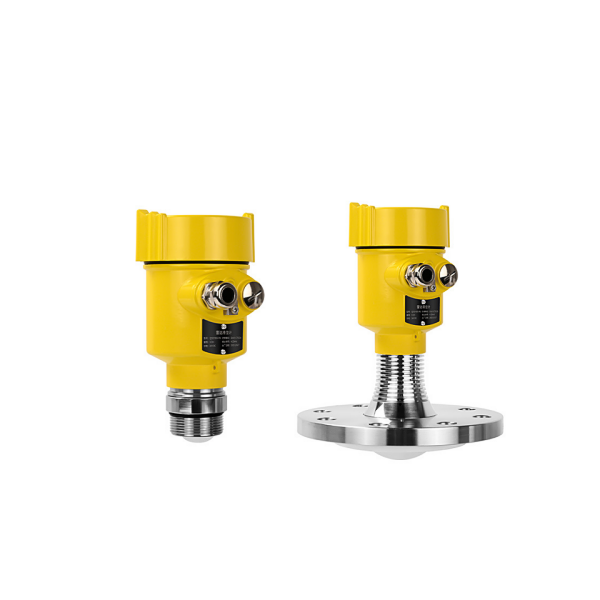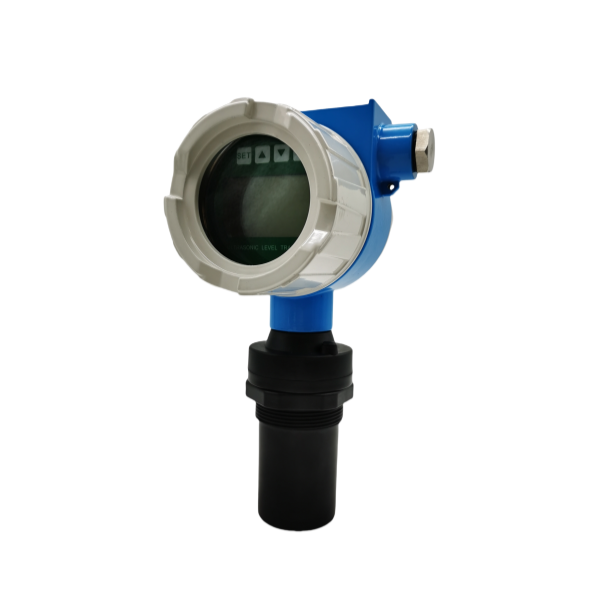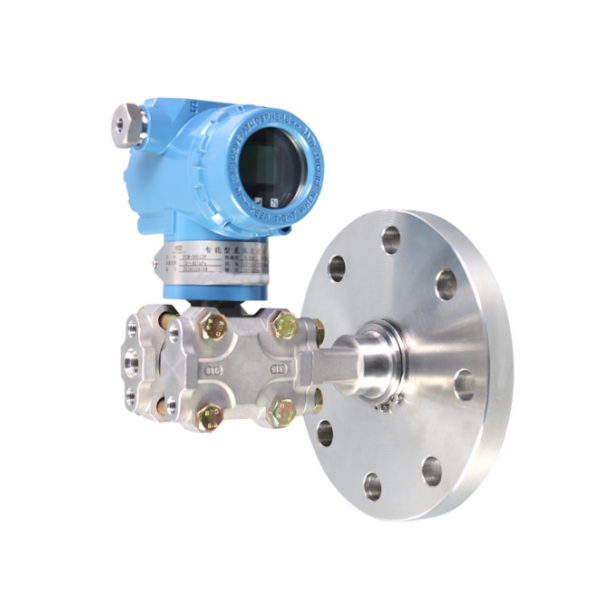Customized Cases of Radar Level Switch
- Radar level switch customization case
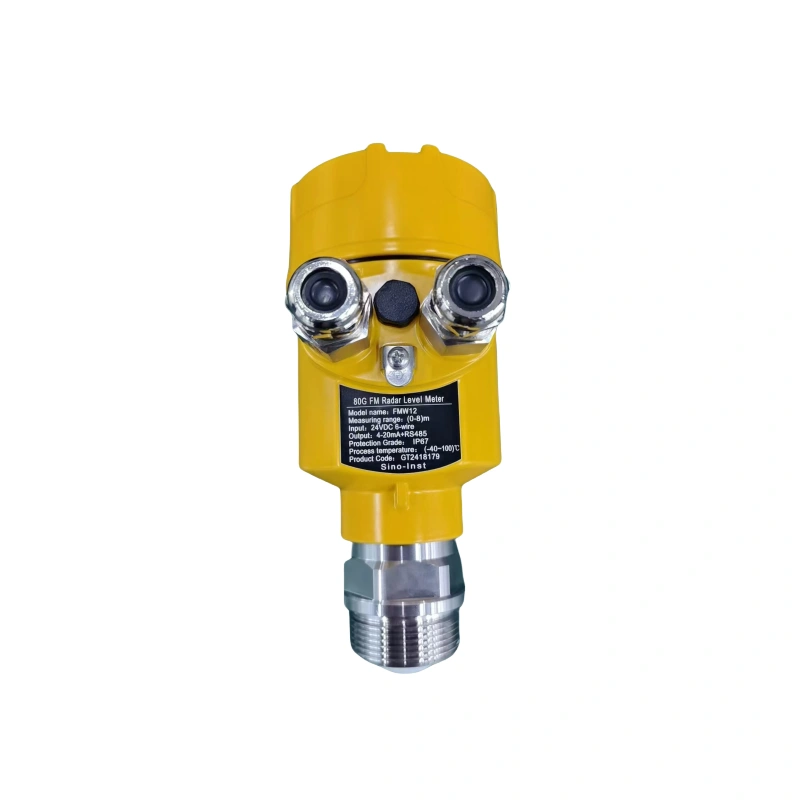 Model: FMW21
Model: FMW21- Measuring range: 0-15 meters
- Medium: Measurement of solid particles
- Pressure: 16 bar
- Voltage: 24 VDC
- Output: 2-wire (4-20) mA + relay output
- Explosion-proof grade: Exia IICT6
- Protection grade: IP67
- Work Temperature: -40~120℃
- Connection: ANSI 3″, 150 Ib RF, flange. Antenna-76mm lens with purge function
- Electrical connection port: NPT1/2
- With local display
- With a 25m cable,
- Split display
What is the Difference Between an Ultrasonic Level Sensor and a Radar Level Sensor?
Ultrasonic level meters measure using ultrasonic waves. Radar level meters use electromagnetic wave technology. So, in addition to this significant difference, what other differences are there between these two instruments?
- Differences in measurement principles
Ultrasonic level meters use microprocessors as their core to achieve digital level measurement. During operation, the sensor (transducer) emits pulsed ultrasonic waves, which are reflected by the surface of the object and then received by the same sensor and converted into electrical signals.
By calculating the time difference between the emission and reception of the sound wave, the distance from the sensor to the object being measured can be determined. Due to the non-contact measurement characteristics of ultrasonic waves, it is widely used, and both liquid and solid materials can be easily measured.
The radar level meter uses a high-frequency microstrip line circuit design that can generate a 26GHz microwave pulse signal. With the help of high-frequency waveguide technology, microwave pulses are transmitted to the surface of the medium being measured through the antenna.
When the pulse encounters the surface of the medium, part of the energy is reflected back to the antenna and received and processed by the internal circuit. Through time expansion technology, radar level meters can accurately calculate the time interval between the emission and reception of pulses, and then deduce the distance from the antenna to the surface of the medium.
- Differences in application scenarios
Due to the different measurement principles of ultrasound and radar, they are also different in specific applications.
Radar level meters use electromagnetic waves for measurement, and their effect will be affected by the dielectric constant of the measured material. Ultrasonic level meters use mechanical waves for measurement, and their effect is affected by the density of the measured medium. Therefore, when measuring materials with low dielectric constants, the measurement effect of radar level meters may be affected.
The measurement range of radar level meters is wider than that of ultrasonic level meters. The electromagnetic waves emitted by radar can be measured without the help of a propagation medium. Ultrasonic waves need to be transmitted through sound waves and mechanical waves. Therefore, ultrasonic level meters are not suitable for working conditions such as vacuum, high steam content, or foam on the liquid surface.
In addition, ultrasonic level meters are also limited by temperature and pressure. The temperature at the probe generally cannot exceed 80 degrees. And the speed of sound waves will be significantly affected by temperature. At the same time, ultrasonic level meters also have certain requirements for pressure, and usually need to be operated within 0.3MPa. Because excessive pressure may affect the normal operation of the sound-generating components. When the mist or dust content in the measurement environment is high, the measurement effect of the ultrasonic level meter will also be affected.
In contrast, the electromagnetic wave characteristics of the radar level meter make it unaffected by a vacuum. The radar level meter has a wide range of application for medium temperature and pressure. With the emergence of high-frequency radar technology, its application range has been further expanded, while the ultrasonic level meter is subject to more restrictions in application.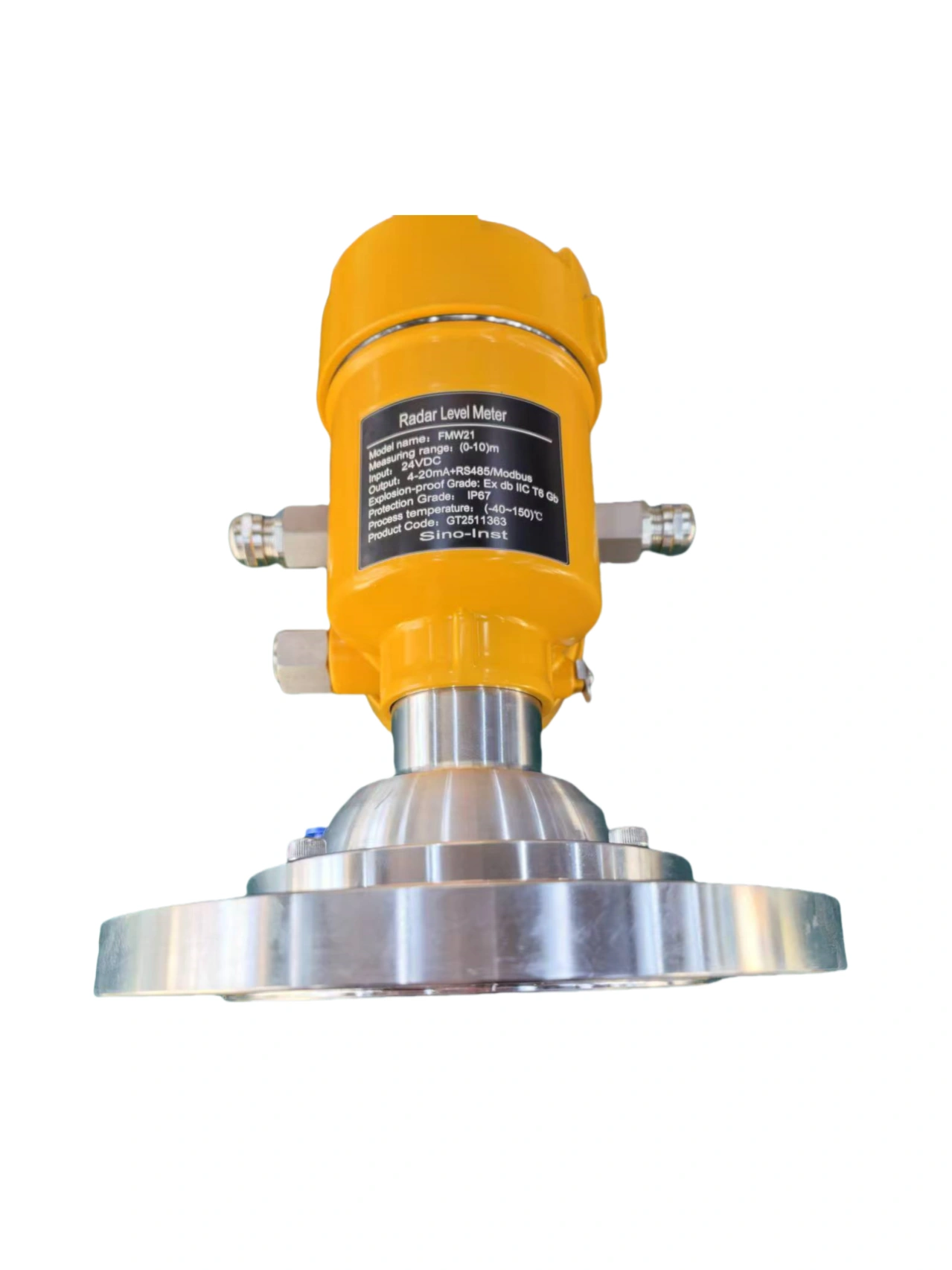
- Differences in transmitting elements
Differences in the transmitting elements of ultrasonic and radar. Ultrasonic level meters use sound wave transmitting elements, while radar level meters use electromagnetic wave transmitting elements. This difference not only affects the measurement effect of the two technologies, but also determines their applicability in specific applications.
The transmitting element of the ultrasonic level meter is based on the vibration of piezoelectric materials. Therefore, the application of ultrasonic level meters is limited. It is mainly suitable for atmospheric pressure containers.
In contrast, radar level meters can cope with the measurement needs of high-pressure process tanks.
Radar has a wider transmission angle, but in small or slender containers, non-contact radar may not be the best choice. Guided wave radar is usually more suitable. In addition, in terms of accuracy, a radar level meter is obviously better than an ultrasonic level meter. Therefore, in tank measurement, high-precision radar is the first choice.
There are many types of radar level meters, such as horn type, rod type and cable type. A radar level meter can adapt to different measurement conditions. This makes the application ability of the radar level meter in complex working conditions better than ultrasonic level meter.
However, whether it is a radar level meter or an ultrasonic level meter, special attention should be paid to location selection and blind area issues during installation. For example, avoid installing the instrument near the feed port or ladder. At the same time, ensure a distance of 300 to 500 mm from the tank wall to prevent echo interference. In an environment with stirring or large liquid level fluctuations, appropriate installation methods are also required to ensure the accuracy of measurement.
